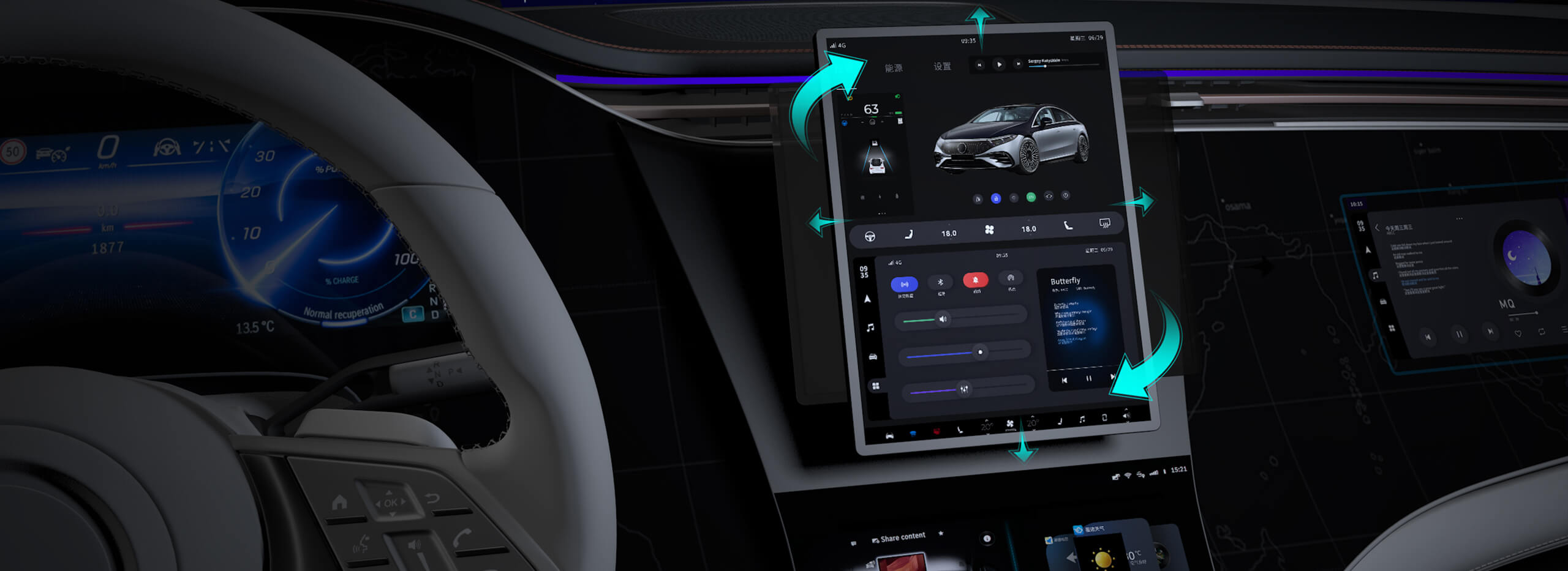Unlocking Creativity with Arduino Servo Motors: A Comprehensive Guide for Makers
In the vibrant world of electronics and DIY projects, few components have sparked as much creativity and innovation as the Arduino platform and its versatile servo motors. As passionate makers, hobbyists, and engineers continue to push the boundaries of what's possible, understanding the role, capabilities, and practical application of Arduino servo motors becomes vital. Whether you're aiming to build a robotic arm, an automated camera system, or a simple art installation, servo motors serve as the heartbeat that breathes life into your ideas.

What is an Arduino Servo Motor?
At its core, a servo motor is a small, precise motor designed to rotate to specific positions within a defined range. Unlike standard motors that spin freely, servo motors are equipped with a built-in control circuit—usually an integrated circuit and potentiometer—that allows for exact positioning. This makes them perfect for applications requiring controlled movement, such as robotic arms, camera gimbals, and even model aircraft.
An Arduino servo motor is essentially a servo motor, combined with an interface compatible with Arduino microcontrollers. The most common types are hobby servo motors, which can typically rotate 0-180 degrees, though some specialized versions extend this range further. Connecting a servo motor to Arduino involves a straightforward setup: power supply, ground, and a control signal pin. The Arduino sends pulse width modulation (PWM) signals to dictate the precise angle of the servo shaft.
Why Use Arduino for Controlling Servo Motors?
The Arduino platform has revolutionized electronics for makers worldwide, thanks to its simplicity, affordability, and powerful capabilities. When it comes to controlling servo motors, Arduino offers several advantages:
User-friendly programming: The Arduino IDE simplifies coding with built-in functions like Servo(), making the process accessible even for beginners. Precise control: PWM signals generated through Arduino allow for highly accurate positioning. Extensive community support: There are countless tutorials, forums, and code snippets available, making learning and troubleshooting easier. Compatibility and scalability: Arduino boards can handle multiple servos simultaneously, enabling complex robotics and automation projects.
Getting Started with Arduino Servo Motors
Before diving into the actual building, it’s important to understand the fundamental components needed:
Arduino Board: Such as Arduino Uno, Mega, or Leonardo. Servo Motor: The standard hobby servo like the SG90 or MG996R. Power Supply: Servos can draw significant current; powering them through the Arduino’s voltage regulator is often insufficient for multiple servos. Using an external power source (like a 5V power supply) is recommended. Connecting Wires: To link the servo to the Arduino.
A simple, classic project to get started:
Connect the servo's power (red) and ground (black or brown) wires to the external 5V power supply and ground, respectively. Connect the control wire (usually yellow or white) to an Arduino PWM output pin (e.g., pin 9). Upload a basic code to swing the servo to different angles to observe its movement.
Here's a minimal example code snippet:
#include Servo myServo; void setup() { myServo.attach(9); // Pin 9 connects to servo control wire } void loop() { for (int pos = 0; pos <= 180; pos += 1) { myServo.write(pos); // Tell servo to go to position in variable 'pos' delay(15); // Wait 15ms for the servo to reach the position } for (int pos = 180; pos >= 0; pos -= 1) { myServo.write(pos); // Move back to 0 degrees delay(15); // Wait 15ms for the movement } }
This simple code swings the servo back and forth, providing a hands-on illustration of control.
Understanding PWM and Servo Control
Pulse Width Modulation (PWM) pulses dictate servo angles. Typically, a 1ms pulse translates to 0 degrees, a 1.5ms pulse to 90 degrees, and a 2ms pulse to 180 degrees. The Arduino's Servo library abstracts this, allowing you to specify angles directly with write().
For advanced control, understanding how PWM works under the hood can open up opportunities for custom applications. For example, you might calibrate servos in your project to ensure precise angles or modify speed and torque characteristics for specialized tasks.
Types of Servo Motors Suitable for Arduino Projects
When selecting a servo motor, consider these factors:
Standard hobby servos: Compact, inexpensive, and widely available; suitable for most small to medium projects. High-torque servos: Designed for heavy-duty applications like robotic limbs or large-scale automation. Digital servos: Offer faster response times and better holding torque, often with programmable features. Continuous rotation servos: Instead of limited angular movement, these rotate 360 degrees and are used for driving wheels in robotics.
Matching the right servo to your project’s needs involves balancing size, power, precision, and cost. For beginners, starting with a typical 180-degree hobby servo like the SG90 provides a perfect learning platform.
Powering Your Servos Safely
One common mistake is powering multiple servos directly from the Arduino’s 5V pin, which can lead to unstable behavior or damage. Instead, use a dedicated 5V power supply with sufficient current capacity (e.g., 2A or higher for multiple servos). Always connect the grounds of the Arduino and external power source together to ensure a common reference point. This practice prevents erratic servo movement and extends the life of your components.
Stay tuned for Part 2, where we’ll explore advanced applications, troubleshooting tips, and creative ideas for integrating Arduino servo motors into your next project.
Leveraging innovations in modular drive technology, Kpower integrates high-performance motors, precision reducers, and multi-protocol control systems to provide efficient and customized smart drive system solutions.




































